A detailed analysis of the AAVE V4 upgrade: Reshaping lending with modularity, can the old token see a new spring?
This V4 update may allow us to see its strong competitiveness in the DeFi sector in the future, as well as the underlying reasons for its continuously increasing business volume.
Original Title: "A Detailed Explanation of the AAVE V4 Upgrade: Reshaping Lending with Modularity, Can the Veteran Token See a New Spring?"
Original Author: San, Deep Tide TechFlow
On the evening of the 25th, a post by AAVE founder Stani announcing the upcoming launch of AAVE V4 quickly attracted a lot of attention and discussion. Meanwhile, the recent controversy between AAVE and WLFI over the 7% token allocation proposal has also been making waves in the market.
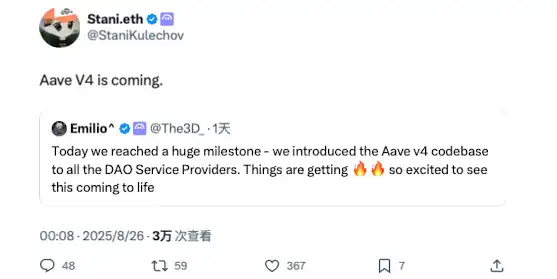
For a moment, the market’s attention was all focused on AAVE, this veteran lending protocol.
Although the dispute between AAVE and WLFI has yet to reach a final conclusion, behind this "farce" seems to lie a different picture—"new tokens come and go, but AAVE stands strong."
With more and more new tokens emerging and the stimulation of steady on-chain token lending demand, AAVE undoubtedly enjoys a solid fundamental base and catalysts.
This V4 update may allow us to see clearly its strong future competitiveness in the DeFi sector, as well as the root of its continuously rising business volume.
From Lending Protocol to DeFi Infrastructure
When we talk about AAVE V4, we first need to understand a key question: why is the market looking forward to this upgrade?
From 2017’s ETHLend to today’s DeFi giant with $38.6 billions in TVL, as a veteran protocol, every version update of AAVE in the past has been about optimization, and has been able to influence on-chain asset liquidity and gameplay to varying degrees.
The history of AAVE’s versions is actually the evolutionary history of DeFi lending.
At the beginning of 2020, when V1 launched, the total DeFi TVL was less than $1 billion. AAVE replaced the P2P model with liquidity pools, turning lending from "waiting for matching" to "instant settlement." This change helped AAVE quickly gain market share.
V2 was launched at the end of 2020, with core innovations such as flash loans and debt tokenization. Flash loans gave rise to arbitrage and liquidation ecosystems, becoming an important source of protocol revenue. Debt tokenization allowed positions to be transferred, paving the way for subsequent yield aggregators. V3 in 2022 focused on cross-chain interoperability, allowing more on-chain assets to enter AAVE and becoming a connector for multi-chain liquidity.
More importantly, AAVE has become a pricing benchmark. When designing interest rates, DeFi protocols refer to AAVE’s supply and demand curve. New projects also benchmark AAVE’s parameters when choosing collateral ratios.
However, despite being infrastructure, the architectural limitations of V3 have become increasingly apparent.
The biggest problem is fragmented liquidity. Currently, AAVE has $6 billion TVL on Ethereum, only $440 million on Arbitrum, and even less on Base. Each chain is an independent kingdom, and funds cannot flow efficiently. This not only reduces capital efficiency but also limits the development of smaller chains.
The second problem is the bottleneck of innovation. Any new feature must go through the complete governance process, which often takes months from proposal to implementation. In the fast-iterating DeFi environment, this speed clearly cannot keep up with market demand.
The third problem is that customization needs cannot be met. RWA projects require KYC, GameFi needs NFT collateral, and institutions need isolated pools. But V3’s unified architecture makes it difficult to meet these differentiated needs. Either support everything or support nothing—there’s no middle ground.
This is the core issue that V4 aims to solve: how to transform AAVE from a powerful but rigid product into a flexible and open platform.
V4 Upgrade
According to publicly available information, the core improvement direction of V4 is the introduction of a "Unified Liquidity Layer," adopting a Hub-Spoke model to change not only the existing technical design but even the business model.
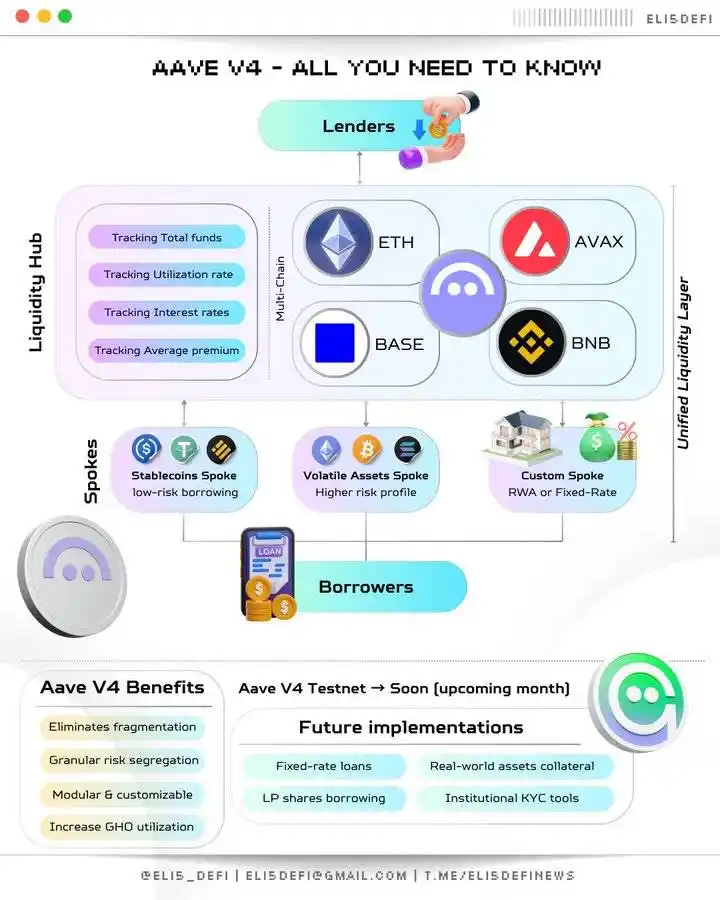
Image source @Eli5DeFi
Hub-Spoke: Solving the "Have Your Cake and Eat It Too" Problem
Simply put, the Hub aggregates all liquidity, while Spokes handle specific businesses. Users always interact through Spokes, and each Spoke can have its own rules and risk parameters.
What does this mean? It means AAVE no longer needs to serve everyone with a single set of rules, but can allow different Spokes to serve different needs.
For example, Frax Finance can create a dedicated Spoke that only accepts frxETH and FRAX as collateral and sets more aggressive parameters; meanwhile, an "institutional Spoke" might only accept BTC and ETH, require KYC, but offer lower interest rates.
Two Spokes share the same Hub’s liquidity but are isolated in terms of risk.
The brilliance of this architecture is that it solves the dilemma of "wanting both." You get deep liquidity and risk isolation; unified management and flexible customization. In the past, these were contradictory in AAVE, but the Hub-Spoke model allows them to coexist.
Dynamic Risk Premium Mechanism
In addition to the Hub-Spoke architecture, V4 also introduces a dynamic risk premium mechanism, revolutionizing the way lending rates are set.
Unlike V3’s unified interest rate model, V4 dynamically adjusts rates based on collateral quality and market liquidity. For example, highly liquid assets like WETH enjoy base rates, while more volatile assets like LINK must pay additional premiums. This mechanism is executed automatically by smart contracts, not only enhancing protocol security but also making borrowing costs fairer.
Smart Accounts
V4’s smart account feature makes user operations more efficient. Previously, users had to switch wallets between different chains or markets, making complex position management time-consuming and laborious. Now, smart accounts allow users to manage multi-chain assets and lending strategies through a single wallet, reducing operational steps.
A user can adjust WETH collateral on Ethereum and loans on Aptos within the same interface, without manual cross-chain transfers. This simplified experience makes it easier for both small users and professional traders to participate in DeFi.
Cross-Chain and RWA: Expanding the Boundaries of DeFi
V4 enables second-level cross-chain interaction via Chainlink CCIP, supporting non-EVM chains like Aptos, allowing more assets to seamlessly access AAVE. For example, a user can use assets on Polygon as collateral and borrow on Arbitrum, all completed in a single transaction. In addition, V4 integrates real-world assets (RWA), such as tokenized government bonds, opening a new path for institutional funds to enter DeFi. This not only expands AAVE’s asset coverage but also makes the lending market more inclusive.
Market Reaction
Although AAVE experienced a sharp drop along with the broader crypto market this week, its rebound today was significantly stronger than other leading DeFi tokens.
After the crypto market crash this week, AAVE’s token saw a 24-hour trading volume of $18.72 million, far higher than Uni’s $7.2 million and Ldo’s $3.65 million, reflecting investors’ positive response to protocol innovation. The increase in trading activity has further enhanced liquidity.
TVL more intuitively reflects the market’s level of recognition. Compared to early August, AAVE’s TVL surged 19% this month to nearly $7 billion, hitting a record high and ranking first in TVL on the ETH chain. This growth far exceeds the DeFi market average, and the increase in TVL also validates the effectiveness of AAVE V4’s multi-asset support strategy, perhaps hinting that institutional funds have quietly entered.
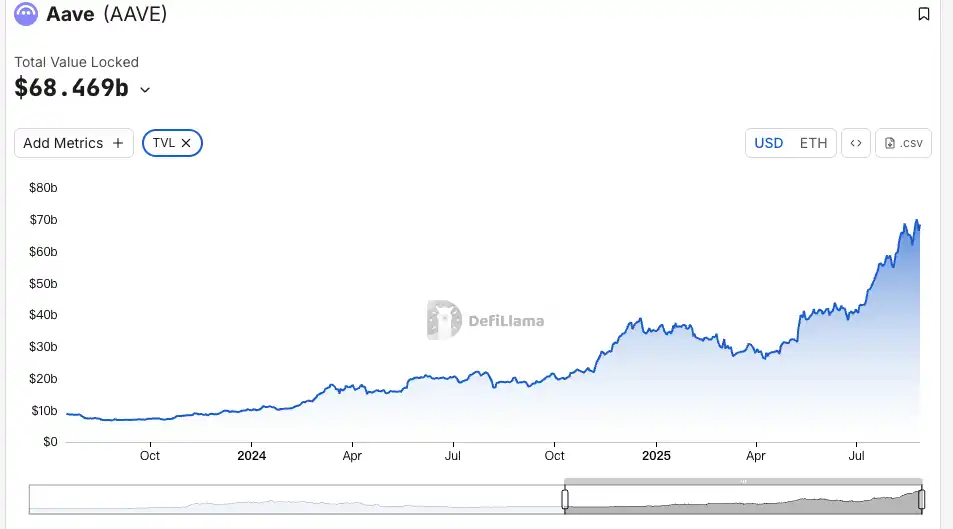
According to TokenLogic data, AAVE’s net assets have reached a new high of $132.7 million (excluding AAVE token holdings), growing about 130% over the past year.
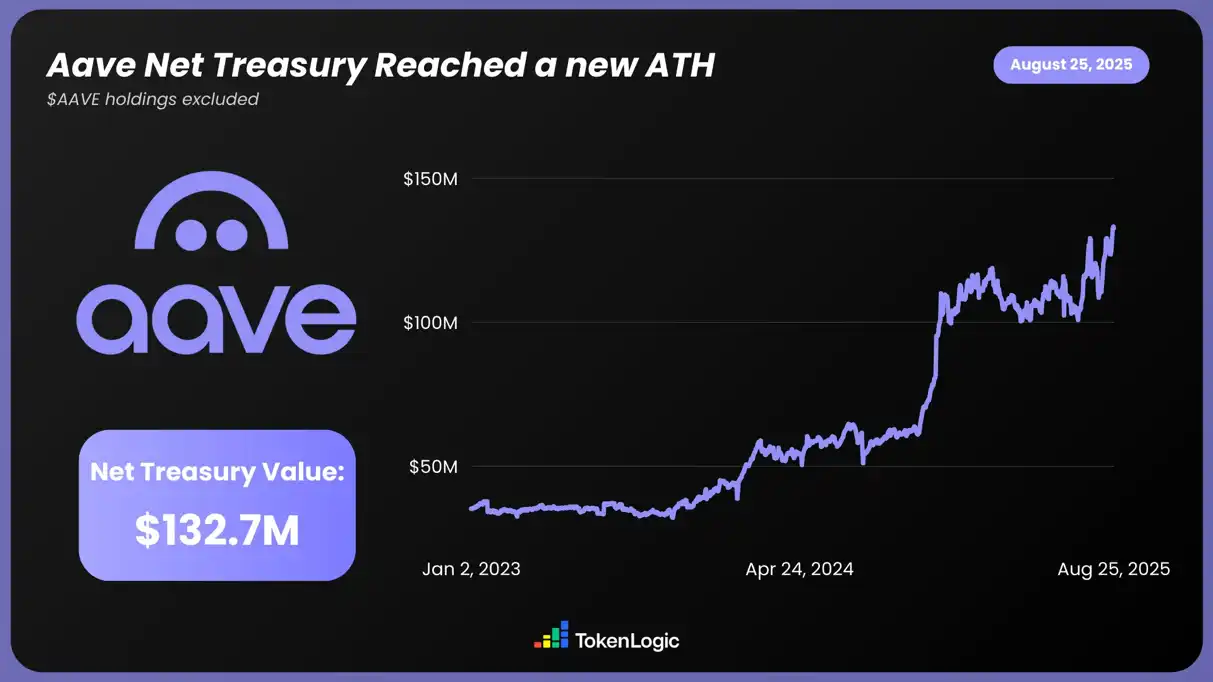
On-chain data shows that as of August 24, AAVE’s open interest exceeded $430 million, reaching a six-month high.

In addition to the intuitive data, this AAVE upgrade has also sparked widespread discussion in the community. The pre-release information about V4 has received a lot of support and recognition, especially in terms of capital utilization and composable DeFi, showing the market more possibilities and potential.
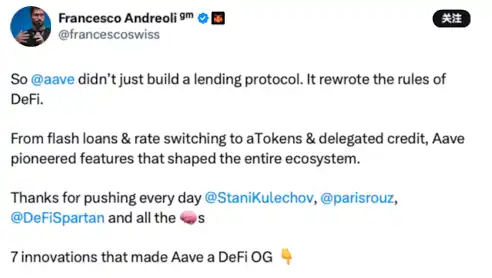
Make DeFi Great Again
Based on the updates disclosed so far, this AAVE upgrade is very likely to lead the DeFi market to a new level. The highlights of modular architecture, cross-chain expansion, and RWA integration have not only ignited market enthusiasm but also driven up prices and TVL.
And its founder Stani also seems very confident about the impact of the V4 upgrade on the DeFi sector.

Perhaps in the near future, AAVE will ride the "east wind" of liquidity brought by the crypto bull market and soar to new heights, opening up infinite possibilities.
Disclaimer: The content of this article solely reflects the author's opinion and does not represent the platform in any capacity. This article is not intended to serve as a reference for making investment decisions.
You may also like
Coinpedia Digest: This Week’s Crypto News Highlights | 29th November, 2025
QNT Price Breaks Falling Wedge: Can the Bullish Structure Push Toward $150?

Digital dollar hoards gold, Tether's vault is astonishing!
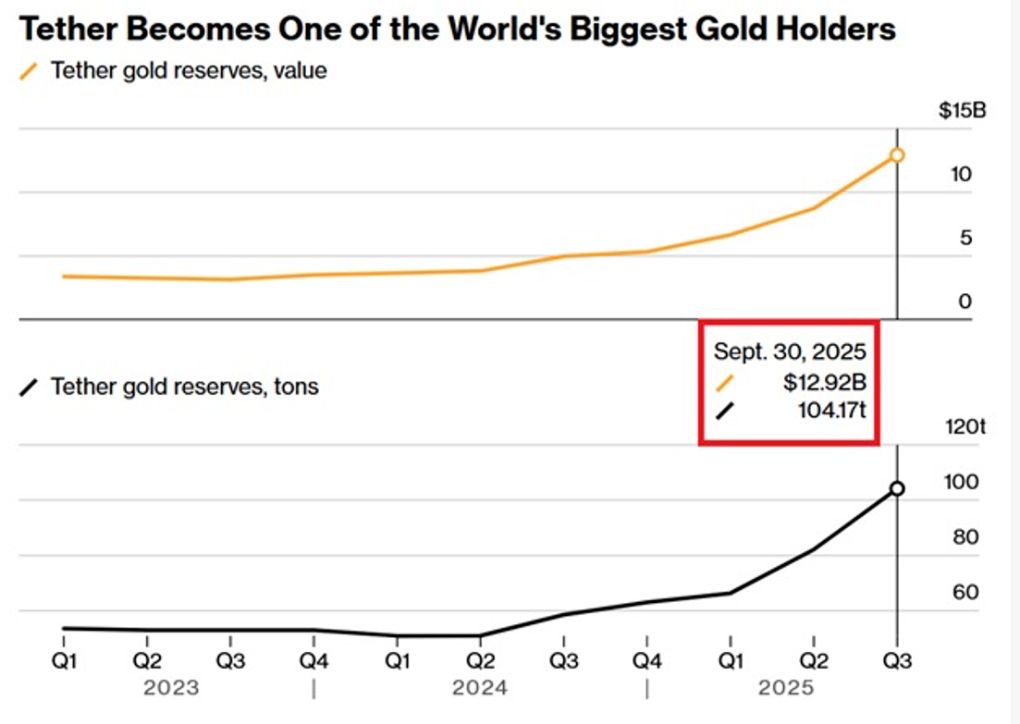
The Crypto Bloodbath Stalls: Is a Bottom In?

